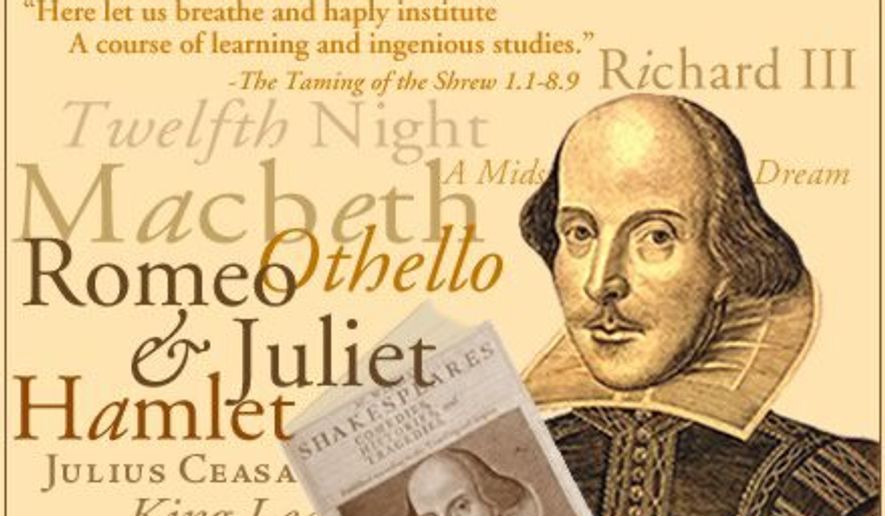There are many angles that can be pursued when thinking about the Bible as literature, but two bedrock questions underlie any discussion of the subject. Those two questions are why we should read the Bible as literature and how we should read it. These are the two questions that I have set before me in this article.
The first reason to read the Bible as literature is that it is a work of literature. Because the primary sphere in which the Bible has been read through the ages is the religious sphere, it is easy to be misled into thinking that the Bible is a piece of doctrinal exposition. This is a misconception. The form in which the Bible comes to us is primarily (though not completely) a literary book.
We can see this on a global scale when we look at the overall format of the Bible. That format is the literary anthology—a collection of varied literary genres written by multiple authors over the span of many centuries. In its details, too, the Bible is a literary book. Most of it is embodied in the genres of narrative, poetry, letters, and visionary writing. Dozens of smaller genres accumulate under those big rubrics.
Why should we read the Bible as literature? Because its literary format requires it. C. S. Lewis sounded the keynote when he wrote in Reflections on the Psalms that “there is a sense in which the Bible, since it is after all literature, cannot properly be read except as literature; and the different parts of it as the different sorts of literature they are.”
What are the implications of this? The literary nature of the Bible opens the way to its being studied as part of the literature curriculum of any school. This is not the only place in which to locate the academic study of the Bible, but it is the most natural place. Among other considerations, it is useful to note that there is something prototypical about the Bible. In the Bible we see the essential principles of literature highlighted. This makes the Bible the best possible introduction to literature and its techniques.
But is the Bible important literature? Yes, it is the world’s most famous literary work. In fact, it is the central book of English-speaking cultures throughout the ages. It has provided the cohesive frame of reference (what some literary scholars would call the mythological universe) for England and America. Compared to the Bible, even the collected works of Shakespeare are demonstrably in the second tier.
A further dimension of the literary importance of the Bible is that it is the primary source and influence for English and American literature. The oldest extant piece of English literature (“Caedmon’s Hymn”) takes the story of creation in Genesis 1-2 as its material and is modeled on the Bible’s psalms of praise. A clear line of continuity exists between this poem and a modern novel like Toni Morrison’s Song of Solomon. We can’t even get past the first sentence of Herman Melville’s Moby Dick without knowing the Bible; that sentence reads, “Call me Ismael.”
I come, then, to my second question: How should we read the Bible as literature? The answer: we should apply exactly the same methods of literary analysis to the Bible that we use for other literature. This is not to say that the Bible is in every way just like other books. It is rather to say that the literary aspects of the Bible do not require anything different from ordinary tools of analysis. In the Bible no less than in English and American literature, a story consists of settings, characters, and action. The poetry of the Bible is made up of images and figures of speech.
The great gift of the literary approach to the Bible for educational purposes is that people of all persuasions can meet on common ground. The Bible can be trusted to reveal its distinctive features if we simply approach it with the literary methods of analysis that we bring to Shakespeare’s plays and the poetry of Robert Frost.




Please read our comment policy before commenting.